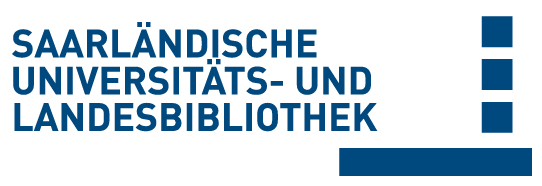Please use this identifier to cite or link to this item:
doi:10.22028/D291-45756 | Title: | Age-related alterations of angiogenesis, inflammation and bone microarchitecture during fracture healing in mice |
| Author(s): | Menger, Maximilian M. Manuschewski, Ruben Hans, Sandra Braun, Benedikt J. Kayali, Moses K. D. El. Ehnert, Sabrina Ampofo, Emmanuel Wrublewsky, Selina Menger, Michael D. Histing, Tina Laschke, Matthias W. |
| Language: | English |
| Title: | GeroScience |
| Volume: | 47 |
| Issue: | 3 |
| Pages: | 4321-4333 |
| Publisher/Platform: | Springer Nature |
| Year of Publication: | 2025 |
| Free key words: | Age Mice Fracture healing Bone healing Bone remodeling Angiogenesis Infammation |
| DDC notations: | 610 Medicine and health |
| Publikation type: | Journal Article |
| Abstract: | The surgical treatment of geriatric patients represents a major challenge in traumatology. It is well known that aging affects fracture healing. However, the exact pathophysiology of age-related changes in angiogenesis, inflammation and bone remodeling remains still elusive. Therefore, we herein studied the differences of femoral fracture healing in young adult (3–4 months) and aged (16–18 months) CD-1 mice by using a stable closed femoral fracture model with intramedullary screw fixation. The callus tissue was analyzed by means of X-ray, micro-computed tomography (µCT), histology and immunohistochemistry. We found a deteriorated trabecular architecture and a reduced bone formation within the callus tissue of aged mice. Moreover, aged animals showed an increased number of tartrate-resistant acid phosphatase (TRAP)-positive osteoclasts at an early healing time point, whereas the fraction of mature α-smooth muscle actin (SMA)-positive microvessels was significantly reduced. Furthermore, the numbers of macrophages and granulocytes were higher in the callus tissue of aged animals at the end of the healing process. Taken together, these results demonstrate a delayed femoral fracture healing in aged CD-1 mice. This is most likely caused by an early overshooting osteoclast response, a decelerated maturation of the callus microvasculature and a late increased recruitment of pro-inflammatory cells. Targeting these alterations may contribute to the development of novel treatment approaches for the stimulation of bone regeneration in geriatric patients. |
| DOI of the first publication: | 10.1007/s11357-025-01584-y |
| URL of the first publication: | https://link.springer.com/article/10.1007/s11357-025-01584-y |
| Link to this record: | urn:nbn:de:bsz:291--ds-457563 hdl:20.500.11880/40217 http://dx.doi.org/10.22028/D291-45756 |
| ISSN: | 2509-2723 |
| Date of registration: | 3-Jul-2025 |
| Faculty: | M - Medizinische Fakultät |
| Department: | M - Chirurgie |
| Professorship: | M - Prof. Dr. Michael D. Menger M - Prof. Dr. Tim Pohlemann |
| Collections: | SciDok - Der Wissenschaftsserver der Universität des Saarlandes |
Files for this record:
| File | Description | Size | Format | |
|---|---|---|---|---|
| s11357-025-01584-y.pdf | 10,75 MB | Adobe PDF | View/Open |
This item is licensed under a Creative Commons License


